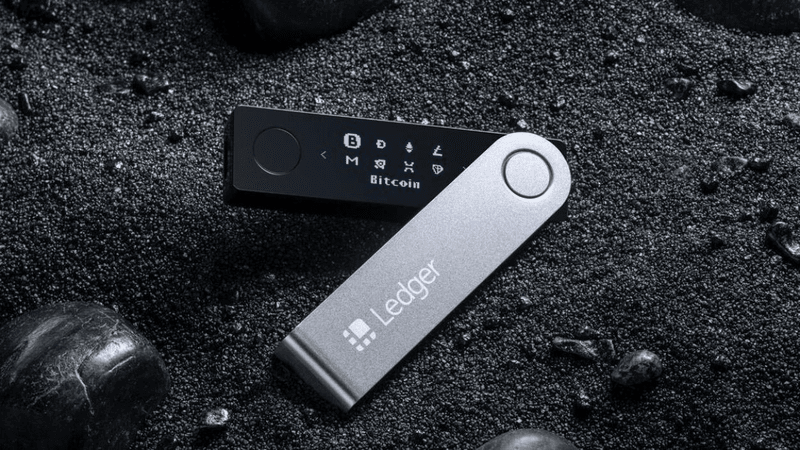

How to keep your crypto safe?
Protecting crypto and safeguarding crypto investments is an extremely crucial measure in today's world. As more people join this space, safety of assets becomes a paramount.
In this blog, we'll discuss how to protect crypto, the precautions that can be taken for keeping crypto safe and how to protect your money from security risks.
Threats to Digital Wallets
Crypto in digital wallets can be exposed to various security risks which include: hacking, phishing, malware attacks and scams, all affecting personal crypto assets.
Personal devices can also be infected by malware attacks, which could result in cloning of sensitive information and encrypted assets. Scams include false ICOs (Initial Coin Offerings), Ponzi schemes, and fake markets where users are promised high returns but ultimately lose their money.
Among all these threats one question arises:
How to secure crypto?
Listed below are some guidelines that can help in using crypto securely:
Upgrade your hardware and software
Updating your computer system, antivirus software, and other security measures regularly helps in preventing malware attacks.
Using Two-Factor Verification (2FA)
2FA helps in securing accounts by adding a second layer of protection.

Not opening suspicious links and emails
Fishy looking links and emails could be a phishing attempts hence avoid clicking links or downloading files from suspicious emails.

Storing Cryptocurrency in a Hardware Wallet
A physical hardware wallet can story cryptocurrency away from online portals. This is a great way to safeguard your secret keys.
How does 2FA protect Crypto?
An additional security step that can help safeguard your crypto is two-factor authentication (2FA). A 2FA can be anything ranging from a fingerprint to a one-time code. The second layer comes into affect after logging in with the password first.

Enabling 2FA (Two-Factor Authentication) makes it harder for hackers to access your account.
How Cold Wallets protect Crypto?
Cryptocurrencies can be stored offline in cold (physical) wallets. Since crypto in cold wallet is stored offline in a physical setting, it makes hacking almost impossible.

A cold wallet, such as a Flash drive, or a paper wallet are both examples of cold wallets. These wallets securely store the private keys, which are required to access and control the cryptocurrency, offline.
Diversification of Assets
Diversifying your investments can be a good way to keeping the crypto portfolio secure. This lessens the risk of losing money when one of your assets underperforms.
Furthermore, diversification allows you to distribute your risk across a wide variety of asset classes, like stablecoins, gamefi, innovation zone etc.
Are crypto exchanges safe?
Keeping crypto on a reputed exchange can be helpful in making trading and controlling your assets simple. But even there are also some dangers involved. Hackers generally target exchanges, so compromise of an exchange could lead to loss of funds.
Hence it becomes very important to choose a trustworthy and safe exchange with a record of sound security protocols.
Conclusion
While the risks loom, safety of one's own crypto assets is in their own hands. By following the methods listed above safety can be ensured to a great extent allowing you to be a part of this space forever!
Also read: Why Exchanges require KYC?
Image Credits: eff; bruceb; paxful; innova.
